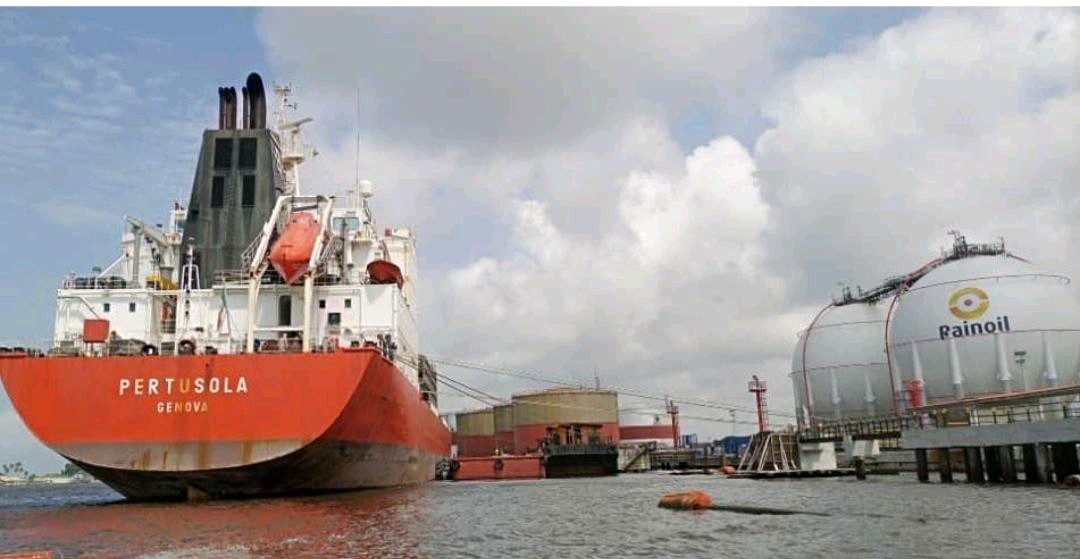With a compound annual growth rate of 27% between 2018 and 2020, Nigeria’s liquefied petroleum gas (LPG) supply is amongst the fastest growing in Africa. Last year, the country absorbed its first million metric tonnes of LPG, up from 840,000 MT in 2019 and 635,650 MT in 2018. And the forecast for further growth is very positive.
In a study released in July 2021 for the Clean Cooking Alliance, Fraym estimates that only 15% of Nigeria’s 49m households use LPG as clean cooking fuel. The rest relies on wood, especially in rural areas, or kerosene.
The 9m Nigerian households that use clean cooking fuels are obviously concentrated in urban areas, especially in major cities such as Lagos, Ibadan, Benin City, Abuja, Kaduna, Kano and Port Harcourt. They also represent the major consumers of LPG in the country, given that industry and power have remained small LPG off-takers so far.
With 40m households yet to have access to clean cooking fuels, the potential is enormous to grow the country’s LPG supply and infrastructure. While most Nigerian households cannot afford LPG, the same study by Fraym also estimates that at least 6m households are urban early-adopters and likely to afford clean cookstoves in urban areas. This is a significat market that most marketers and distributors are currently targeting, and which could potentially afford to spend the annual average of NGN 2,800 per month per household for LPG consumption. The rest of Nigerian households are likely to continue relying on wood (NGN 1,100/month) and kerosene (NGN 1,200/month), at least for the time being.
But the opportunity is not only in reaching out to the under-served. Nigeria still imports about half of its LPG supply, and while the growth of imports has been slowing down, it is still growing. Research by Hawilti shows that LPG imports, mostly from the USA and Equatorial Guinea, represented 52.3% of total Nigerian LPG supply in H1 2021 compared with an average of 53% in 2020.
Source: PPPRA
Nigerian domestic LPG suppliers remain limited, with Nigeria LNG representing 75% of all domestic LPG supply in H1 2021. New domestic suppliers have emerged this year, including in Kwale, Oredo, Egbaoma and Rumuji. But their production capacities remain small compared to market needs.
Put simply, LPG is a tremendous import substitution business in Nigeria. Whoever produces will find a market, providing it is ready to sell domestically instead of seeking foreign exchange on the global export market.
Meanwhile, infrastructure is being expanded. Three new LPG terminals are currently under-development: Ardova’s 20,000MT facility and Gas Terminalling’s 5,000 MT facility in Lagos and Chimons Gas’ 5,500 MT facility in Warri (Delta State). They are all expecting commissioning before the end of 2022.
Ardova’s 20,000 MT storage facility in Lagos will notably act as an import and blending terminal and will be blending propane and butane once commissioned, a company executive confirmed Hawilti. It will also be able to receive LPG cargoes, be them imported or from Nigeria LNG.
Meanwhile, Banner Energy continues to progress towards financial close for its own $65m, 13,000 MT LPG terminal in Akwa Ibom. It would be Southeast Nigeria’s biggest facility, and Banner Energy has appointed a financial advisor to progress to financial close.
LPG will remain a hot commodity in Nigeria for years to come. Supply disruptions are currently sending prices up, further supporting market activity with several new private sector players eye trading opportunities in the short and medium-term. But the real challenge for the industry’s growth will remain that of affordability and finding out the right business models that work out for Nigeria’s 40m households in need of healthy and clean cooking fuels.

